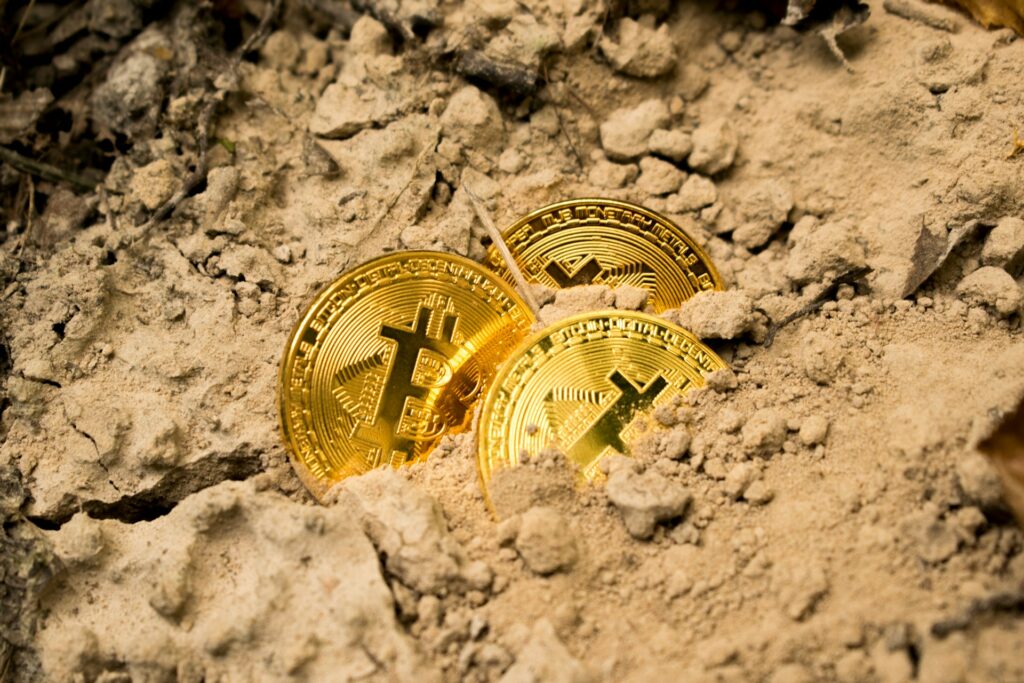What Is the Process of Cryptocurrency Mining and Is It Still Profitable?

What Is the Process of Cryptocurrency Mining and Is It Still Profitable?
The mining of cryptocurrencies is one of the most exciting parts of the realm of digital currencies. In addition to ensuring that transactions are validated and posted to the public ledger, this procedure is responsible for maintaining the integrity of blockchain networks. Putting it another way, cryptocurrency mining is the process of using computer power to solve difficult mathematical problems. In exchange, miners receive new coins as incentives for their efforts. The dilemma of whether or not mining is still lucrative in the modern era remains, despite the fact that both technology and competition have advanced.
1. What exactly is mining Bitcoin?
Mining cryptocurrencies is the process of verifying transactions and producing new currency on a distributed ledger known as a blockchain. For the purpose of preventing fraudulent activity or duplicate spending, it is necessary to verify each and every transaction involving bitcoin, whether it be sending or receiving. As part of this verification process, miners are responsible for solving challenging cryptographic challenges.
The transaction is confirmed and added to a “block” once a miner has successfully solved a challenge associated with the cryptocurrency. The blockchain, which is a secure and immutable record of all transactions, is then tied to the block that was just created. Miners are rewarded with a specific quantity of cryptocurrency, such as Bitcoin, so that they can continue to work effectively.
2. What is the process of mining cryptocurrencies?
The consensus mechanism of the blockchain is absolutely necessary for the mining operation to be successful. Proof of Work (PoW) is the name given to the process that utilizes Bitcoin and a few other cryptocurrencies. The miners are required to employ sophisticated computers in order to compete with one another in the process of solving mathematical puzzles. A block reward is awarded to the miner who is the first to solve the problem. This miner also adds the next block to the chain.
ASICs, which stand for application-specific integrated circuits, or high-end graphics processing units (GPUs) are the types of specialized hardware that are required for mining. There is a huge amount of electricity that is consumed by these machines. Since this is the case, miners also take into consideration other aspects, such as the cost of power, cooling systems, and the difficulty of mining, which automatically adjusts itself to maintain consistent block times.
3. The Expenses and Obstructions Involved in Mining
Mining, despite the fact that it appears to be profitable in theory, comes with substantial costs. The following are the primary costs:
- Electricity: Mining machinery operates around the clock and consumes a significant quantity of energy.
- Miners that use ASICs and graphics processing units (GPUs) are expensive and can quickly become obsolete.
- Maintenance: The entire cost is increased by the expense of cooling systems and maintenance.
As more miners continue to join the network, the level of competition rises, making it more difficult and taking longer to accumulate rewards. This results in a higher “mining difficulty,” which implies that in order to maintain your competitive edge, you will require more powerful equipment and more energy.
4. Is it still profitable to mine cryptocurrencies?
Whether or whether mining is still viable is contingent upon a number of factors, the most important of which are the price of the cryptocurrency, the cost of energy, and the effectiveness of your mining setup. During the early stages of Bitcoin’s existence, mining could be carried out on a straightforward computer and was extremely lucrative. The market, on the other hand, is significantly more competitive today, and large-scale mining farms are the dominant players in the business.
In order for individual miners to be profitable, it is sometimes necessary for them to reside in regions that have low-cost electricity or to join mining pools, which are collaborative mining operations in which numerous miners combine their processing power and share the benefits. Some of the most recent cryptocurrencies use Proof of Stake (PoS) rather than mining, which eliminates the requirement for costly hardware and reduces the amount of energy that is consumed.
5. The Prospects for Cryptocurrency Mining
There is a rapid shift occurring in the future of mining. Many networks are transitioning away from energy-intensive systems such as Proof of Work and toward more sustainable models such as Proof of Stake. This approach compensates users for holding and “staking” coins rather than running powerful equipment. Concerns about the environment and rising costs of energy are also driving the sector toward approaches that are more environmentally friendly.
To this day, cryptocurrency mining continues to be a vital component of the blockchain ecosystem. This is particularly true for cryptocurrencies such as Bitcoin, where it guarantees decentralization, security, and transparency.
Striking a Balance Between the Benefits and the Drawbacks
The mining of cryptocurrencies continues to play an important part in the upkeep of blockchain networks; but, it is no longer the simple revenue-generating activity that it once was. In order to achieve success in today’s world, one must have a substantial investment, technical expertise, and minimal operational costs. Despite the fact that mining may not be extremely rewarding for the majority of people, it continues to be an intriguing and essential process that ensures the cryptocurrency world continues to function.




